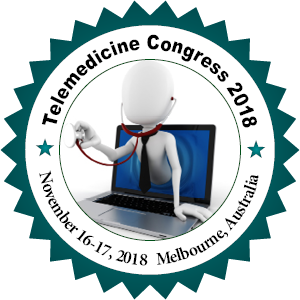Lauren Styan
Ipswich Hospital, Australia
Title: Laryngeal myxedema resulting in acute upper airway obstruction: A case report and review of the literature
Biography
Biography: Lauren Styan
Abstract
Introduction: The differential diagnosis of upper airway obstruction in adults is broad, including infection, foreign body aspiration, trauma, allergic reaction, malignancy and systemic disease. Upper airway obstruction secondary to laryngeal myxedema is a rare complication of severe hypothyroidism. There is limited literature to guide diagnosis and management, with only a small number of case reports available. We report the case of a patient with acute upper airway obstruction secondary to laryngeal myxedema, resulting in supraglottic oedema and bilateral vocal cord palsy. A review of the literature regarding the presentation, diagnosis and management of this rare, but life threatening condition is presented.
Case Presentation: A 54-year-old male presented to the emergency department with a 2 weeks history of progressive shortness of breath, productive cough and dysphonia. His past medical history was significant for hypertension, hypothyroidism and severe obstructive sleep apnea. He had self-ceased his antihypertensive and thyroxin two weeks prior. On initial evaluation the patient was in respiratory distress with significant stridor. Flexible nasendoscopy demonstrated diffuse edema of the supraglottis, with bilateral vocal cord palsy. His acute upper airway obstruction was managed with urgent fiber-optic intubation and subsequent tracheostomy. Laboratory studies revealed profound hypothyroidism and hyponatremia. The patient was admitted to the intensive care unit and commenced on thyroid replacement therapy and glucocorticoids. His bilateral vocal cord palsy and laryngeal edema resolved and he was successfully decannulated 4 weeks later.
Conclusion: Laryngeal myxedema is uncommon, but should be considered in patients presenting with upper airway obstruction and hypothyroidism. To our knowledge this is the only case reported in the literature in which laryngeal myxedema has resulted in bilateral vocal cord palsy. This case report and review of the literature suggests that, with appropriate airway management and treatment of underlying hypothyroidism, laryngeal myxedema is reversible and resolves over the course of two to four weeks.

